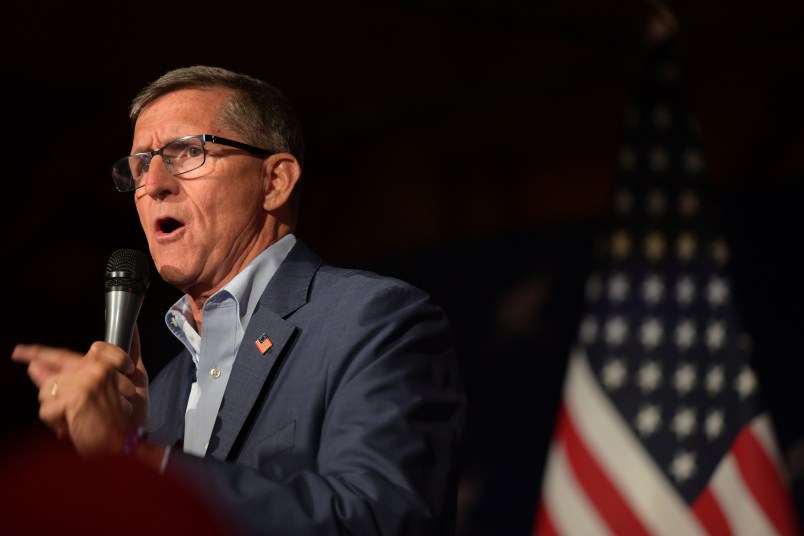Earlier this month, as we noted at the time, the congressional oversight panel for the financial bailout released a report on how the Treasury is spending the $700 billion in taxpayer money Congress gave them.
In its report, the panel, chaired by Harvard Law professor Elizabeth Warren, asked several basic questions about the Treasury’s activities, for which it had not yet been given enough information to provide conclusions. These included “What is Treasury’s Strategy?” “Is the Strategy Working?” And “What Have Financial Institutions Done with the Taxpayers’ Money?”
Now — not coincidentally, at a time when most people are distracted by thoughts of cheap champagne and off-key singing — the Treasury has responded.
The 13-page riposte is, by and large, an impressive example of using up white space while saying absolutely nothing. But a few excerpts stand out as noteworthy.
First of all, in response to Warren’s question of whether the strategy is working to stabilize markets, Treasury says, in part:
Treasury is also monitoring the effects our strategy is having on lending, although it is important to note that nearly half the money allocated to the Capital Purchase Program has yet to be received by the banks. Treasury is executing at a rapid speed, but it will take some time to review and fund all the remaining applications. Clearly this capital needs to get into the system before it can have the desired effect. In addition, we are still at a point of low confidence – both due to the financial crisis and the economic downturn. As long as confidence remains low, banks will remain cautious about extending credit, and consumers and businesses will remain cautious about taking on new loans. As confidence returns, Treasury expects to see more credit extended. The increased lending that is vital to our economy will not materialize as fast as anyone would like, but it will happen much faster as a result of deploying resources from the TARP to stabilize the system and increase capital in our banks.
In other words, we originally said this whole bailout was necessary to increase lending, and it hasn’t. But it still might “as confidence returns.” (The fact that the bailout was supposed to be a key part of restoring confidence doesn’t seem to have been considered.)
But now look at this: A few pages later, Treasury responds in part to Warren’s question of what the banks are doing with the bailout money by essentially cutting and pasting the very same paragraph:
The CPP began in October 2008 and the money must work its way into the system before it can have the desired effect. Moreover, we are still at a point of low confidence – both due to the credit crisis and due to the economic downturn, during which lending and borrowing levels normally drop. While confidence is low, banks will remain cautious about extending credit, and consumers and businesses will remain cautious about taking on new loans. As confidence returns, we expect to see more credit extended. This lending won’t materialize as fast as anyone would like, but it will happen much faster as a result of having used the TARP to stabilize the system and to increase the capital in our banks.
Look closely at those two blockquoted paragraphs. It genuinely looks like someone has gone through the second one and altered a few phrases — “as long as confidence remains low” becomes “while confidence is low” — so that it’s not a word for word replica of the first.
This isn’t just an issue of shoddy writing, or even lazy thinking. It suggests that Treasury was so stumped by Warren’s question of what banks are doing with the bailout money that it resorted to copying passages from earlier in the report — passages that have little direct relevance to the question — to pad out its answer and obscure the fact that it has no idea.
It comes closest to answering the question in this passage, in which it essentially throws up its hands and confesses ignorance:
As the GAO noted in its report, given the number and variety of financial stability actions being put in place by multiple entities, it will be challenging to view the impact of the Capital Purchase Program in isolation and at the institutional level. Moreover, each individual financial institution’s circumstances are different, making comparisons challenging at best, and it is difficult to track where individual dollars flow through an organization.
And as for why Treasury hasn’t insisted on more reforms from participating banks:
The CPP is a voluntary program for viable institutions. The program was designed to be attractive to financial institutions of all sizes as a mechanism to increase capital in the financial system while also protecting the taxpayer.
In other words, banks wouldn’t have done it if they’d had to agree to more regulation. And we didn’t want to make them.
Warren’s panel is still slated to release a second report on the Treasury’s handling of the bailout money — though whether it will decide that Treasury has adequately responded to the issues raised in its first remains to be seen.








